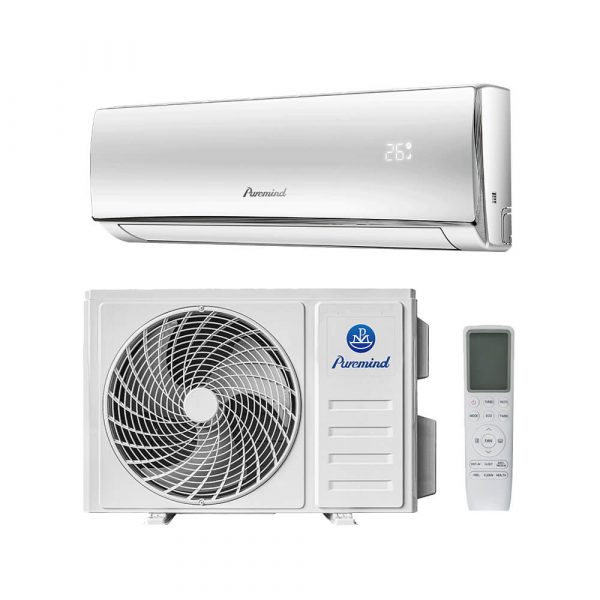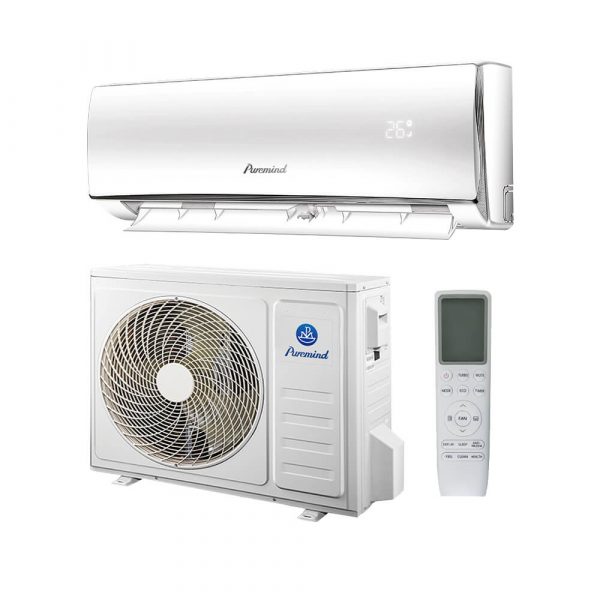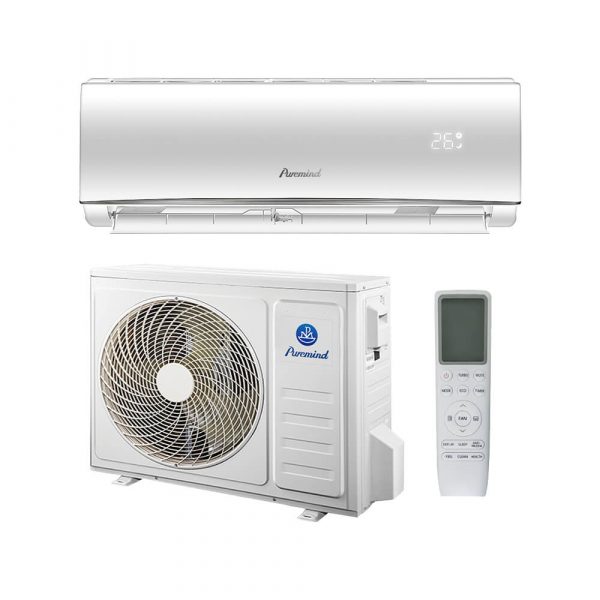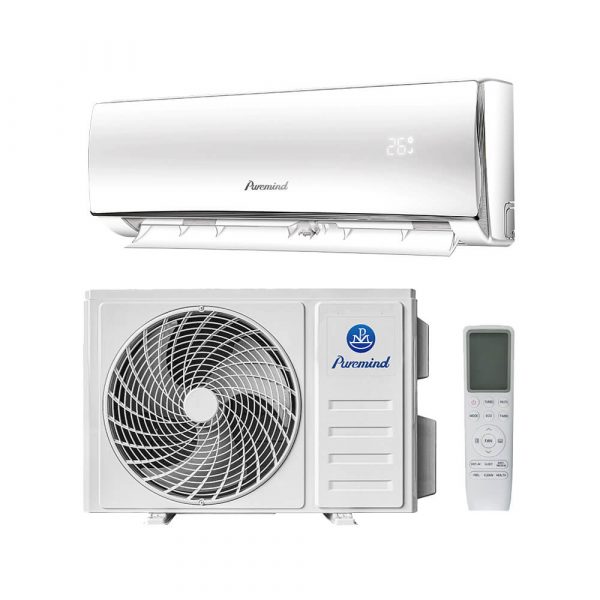Split Air Conditioner Components Explained: A Complete Guide
Modern cooling systems rely on advanced engineering and smart design. At the heart of these systems are various split air conditioner components that work together to regulate indoor temperatures, maintain air quality, and improve energy efficiency. Whether you’re a homeowner, technician, or simply curious, understanding the key parts of a split AC system can help you make informed decisions about maintenance, upgrades, or new installations.
What Is a Split Air Conditioner?
A split air conditioner consists of two main units—an indoor and an outdoor unit—that are “split” from one another. This design allows for quieter operation and higher efficiency, with key components distributed across both units.
Major Split Air Conditioner Components
1. Indoor Unit
The indoor unit is mounted on a wall or ceiling inside the room. It is responsible for blowing cooled or heated air into your living space. It includes:
- Evaporator Coil: Absorbs heat from indoor air via refrigerant
- Air Filter: Traps dust, allergens, and particles
- Blower Fan: Circulates air through the coil and into the room
- Thermostat Sensor: Detects room temperature and sends signals to the control board
- Drain Pan & Pipe: Collects and disposes of condensate water
2. Outdoor Unit
Installed outside the building, this unit contains the components responsible for heat exchange with the external environment. Key elements include:
- Compressor: The heart of the system that compresses refrigerant gas
- Condenser Coil: Releases the heat absorbed from indoors into the atmosphere
- Cooling Fan: Helps dissipate heat from the condenser coils
- Expansion Valve (or Capillary Tube): Regulates refrigerant flow into the evaporator
- Refrigerant Lines: Copper tubes that carry refrigerant between the indoor and outdoor units
3. Refrigerant
This is the chemical fluid that continuously cycles through the system, absorbing and releasing heat. Modern systems use eco-friendly refrigerants like R410A or R32. The refrigerant’s role is critical for both cooling and heating operations.
4. Remote Control or Smart Thermostat
Most split systems come with a wireless remote or Wi-Fi-enabled controller. These components let users set temperature, fan speed, mode (cool, heat, dry, etc.), and schedule timers.
5. PCB (Printed Circuit Board)
Located inside the indoor unit, the PCB acts as the brain of the AC system. It processes input from sensors and controls all functions, including fan speed, temperature control, and communication between indoor and outdoor units.
6. Sensors
- Room Temperature Sensor: Measures air temperature for auto adjustments
- Evaporator Coil Sensor: Ensures coils do not freeze
- Outdoor Temperature Sensor: Helps optimize performance in varying climates
How These Components Work Together
Here’s a simplified flow of operation:
- Thermostat detects indoor temperature and sends signal to PCB.
- Compressor activates and sends compressed refrigerant to the condenser coil.
- Heat is released outdoors via the fan and condenser coil.
- Cooled refrigerant travels to the evaporator coil inside.
- Evaporator absorbs indoor heat and cools the air.
- Blower fan circulates cooled air into the room.
- Condensation is drained through the drain pipe.
Optional Components in Advanced Systems
- Inverter Technology: Allows variable-speed operation for energy savings
- HEPA or Ion Filters: Offer enhanced air purification
- Wi-Fi Modules: For smart home integration and mobile control
- Multisplit Ports: For connecting multiple indoor units to one outdoor unit
Maintenance Tips for Split AC Components
- Clean filters every 2–4 weeks
- Inspect refrigerant lines annually
- Check for unusual noises in fan or compressor
- Keep the outdoor unit free from debris and direct sunlight
- Schedule a professional tune-up every 12 months
Common Signs of Component Failure
- Weak airflow (blower motor or fan issue)
- Leaking water (clogged drain or broken drain pan)
- Strange odors (dirty evaporator coil or mold buildup)
- System doesn’t cool (compressor or refrigerant issue)
When to Replace Components or the Entire System
If your unit is more than 10–15 years old, upgrading to a newer, inverter-based model can result in significant energy savings. Key reasons to replace:
- Frequent repairs and part failures
- High power bills
- Outdated refrigerant (e.g., R22)
- Inconsistent temperature control
Explore Advanced Split Systems at Puremind
Looking for efficient, reliable split systems with premium components? Browse Puremind’s full catalog of split air conditioners. Whether you need a standard wall-mounted unit or a multi-zone system with smart features, Puremind offers factory-direct quality and robust internal components built to last.
Conclusion
Understanding the split air conditioner components helps you make smarter decisions about maintenance, upgrades, and troubleshooting. Each part—from the compressor to the sensors—plays a critical role in your comfort and energy efficiency. Whether you’re planning to install a new system or improve your current one, investing in quality components and regular care will ensure consistent performance for years to come.
Need expert-grade systems with dependable components? Visit Puremind today and discover premium split AC systems designed for durability, comfort, and energy savings.







